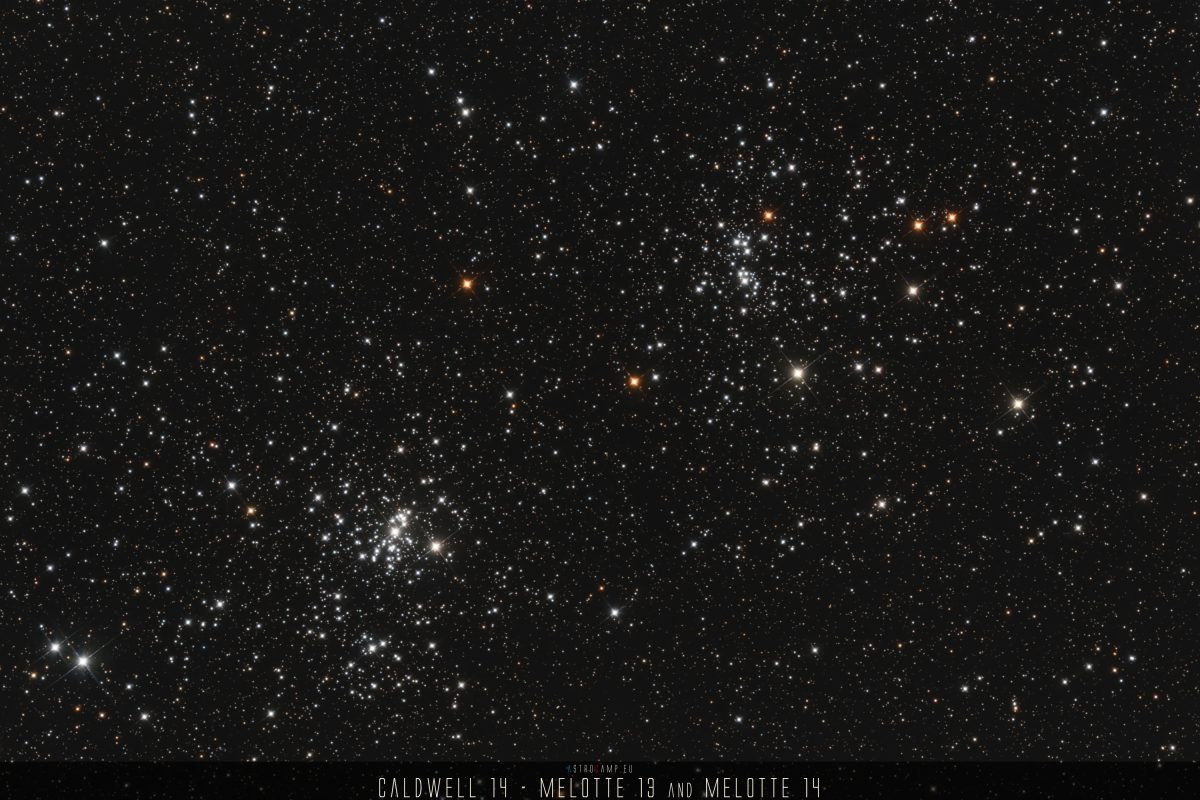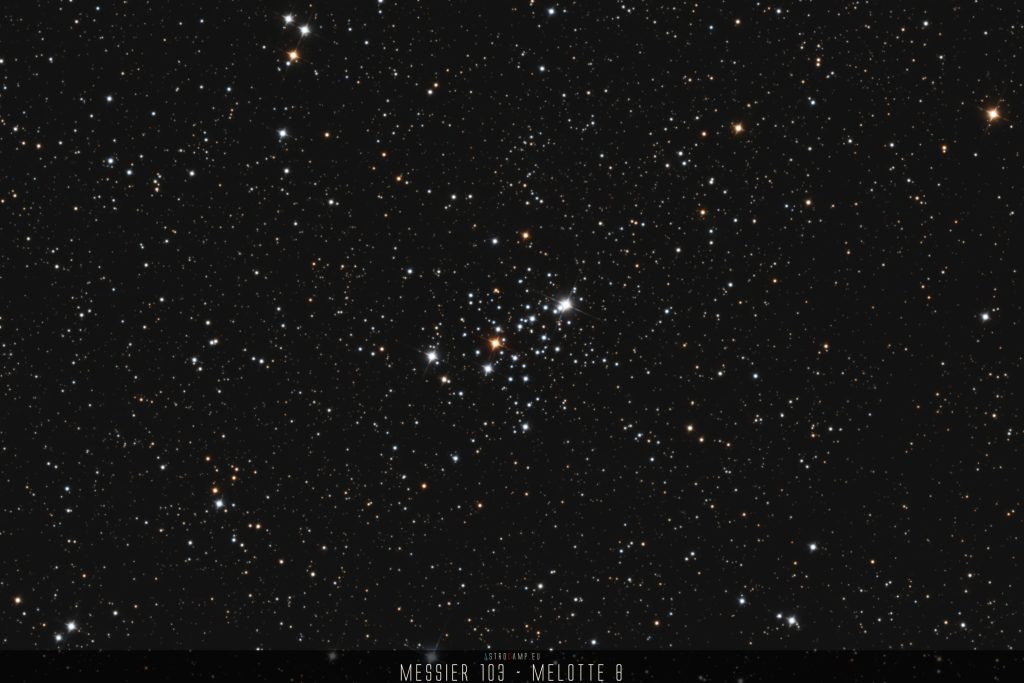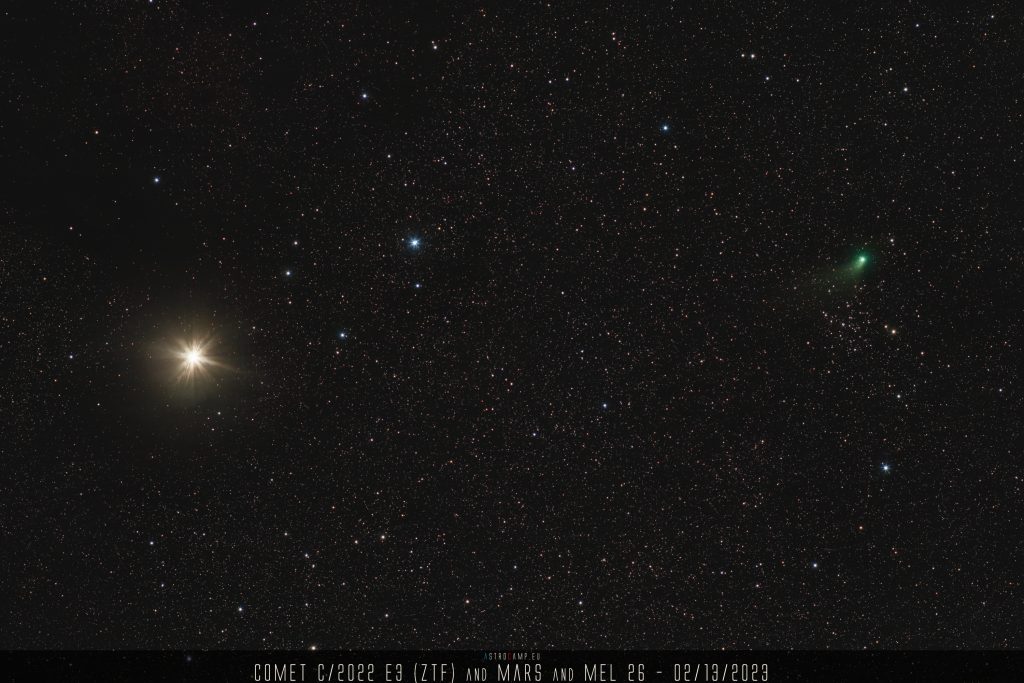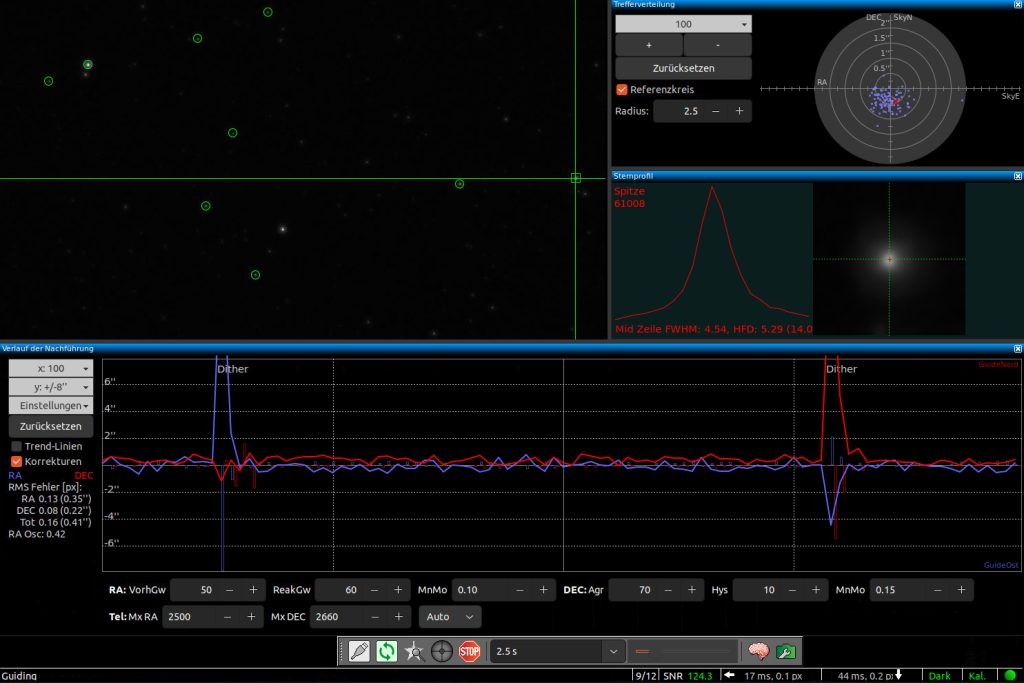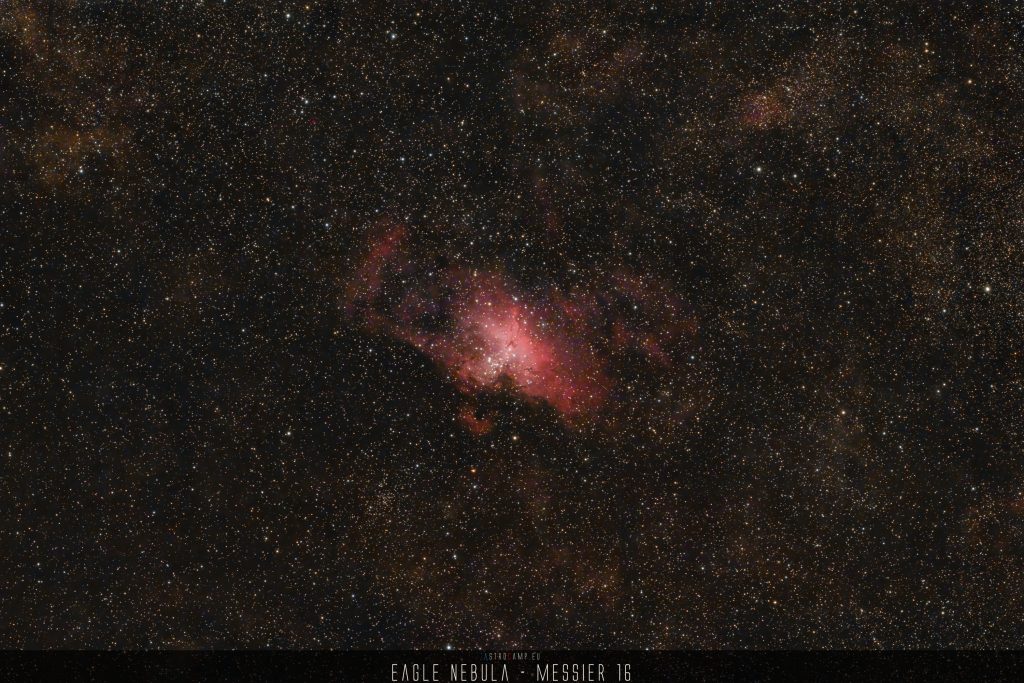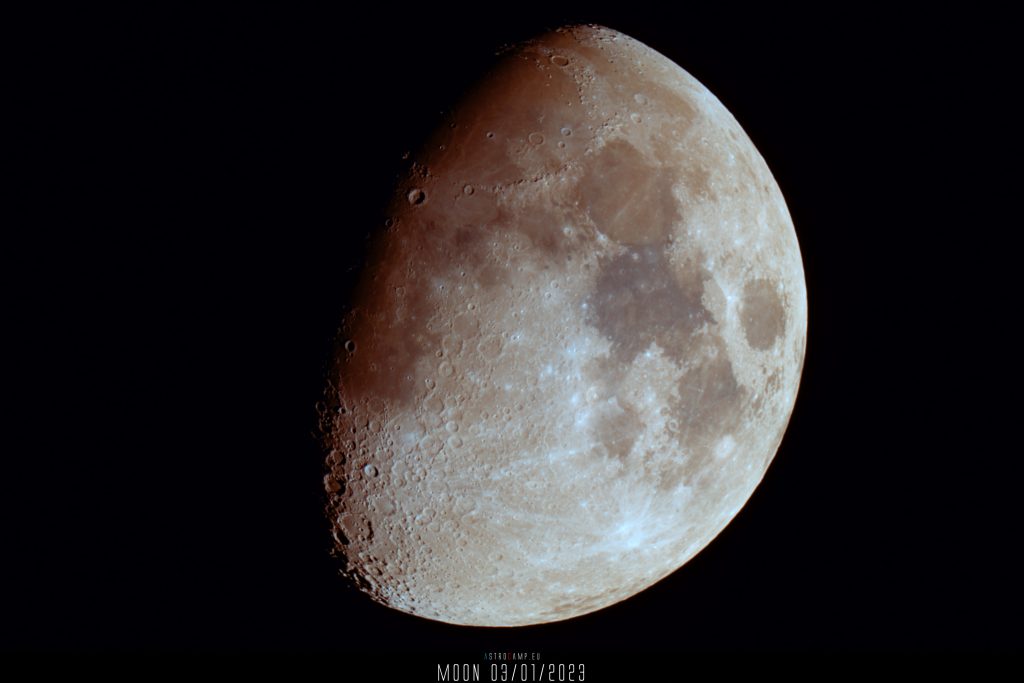Caldwell 14, also known as the Double Cluster, is a stunning pair of open star clusters located in the constellation Perseus. It consists of two adjacent clusters, NGC 884 and NGC 869, which appear as a close pair in the night sky. These clusters are relatively young, with an estimated age of around 12.8 million years, and contain a total of over 300 blue-white supergiant stars. The Double Cluster is a popular target for amateur astronomers due to its brightness and easy visibility with binoculars or a small telescope.
Location and neighborhood.
To find it, one can locate the “W” shape of Cassiopeia and then move southeast toward Perseus. The Double Cluster appears as two adjacent patches of light, easily visible to the naked eye under dark sky conditions. It’s best observed during the autumn and winter months in the northern hemisphere.
Nearby, there are objects such as the Heart and Soul Nebulae, as well as the California Nebula.
Unique facts
- Caldwell 14, also known as the Double Cluster, consists of two adjacent open star clusters, NGC 884 and NGC 869, which appear close together in the night sky but are not physically related.
- Caldwell 14 is relatively close to Earth, with an estimated distance of around 7,600 to 7,700 light-years, making it one of the nearest open star clusters to our solar system.

Brightness and size
Caldwell 14, or the Double Cluster, has a combined apparent visual magnitude of around 4.3, making it easily visible to the naked eye under dark sky conditions. It is located at an approximate distance of 7,600 to 7,700 light-years from Earth. In terms of its physical size, the Double Cluster spans a diameter of about 25 to 30 light-years across. When observed from Earth, its angular size is approximately 60 arcminutes, making it quite large and prominent in the night sky.

